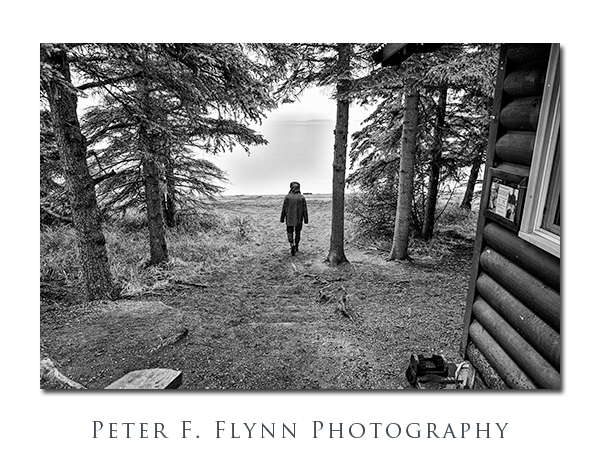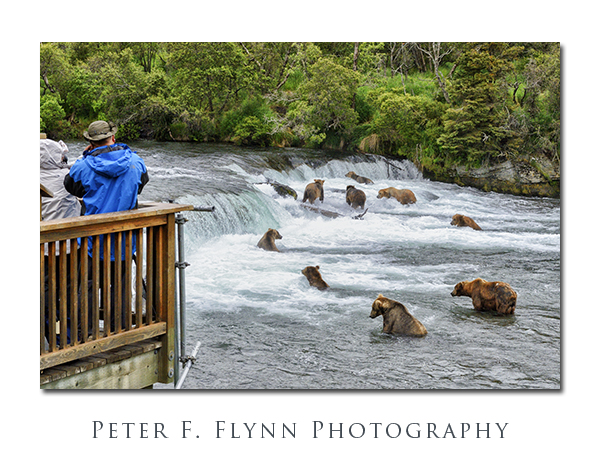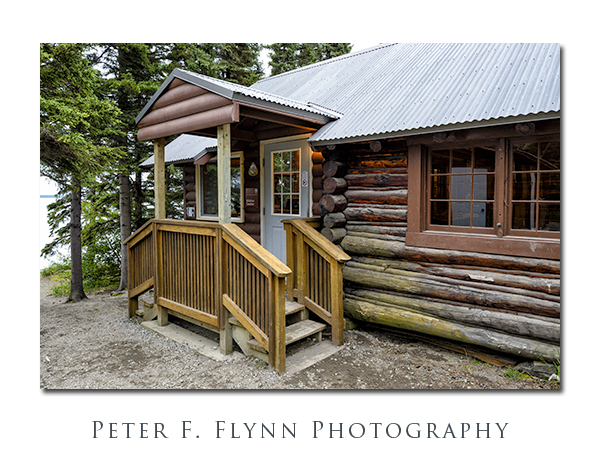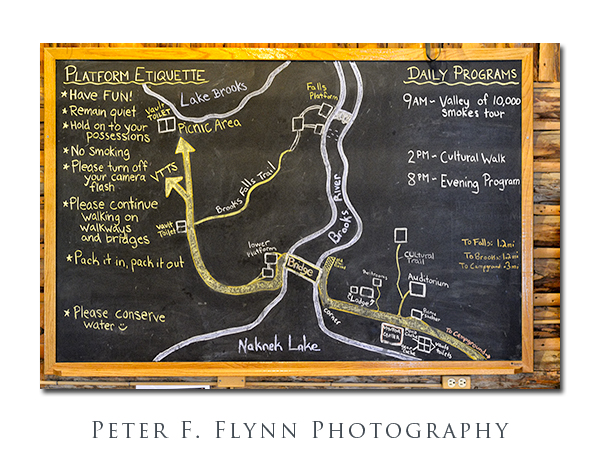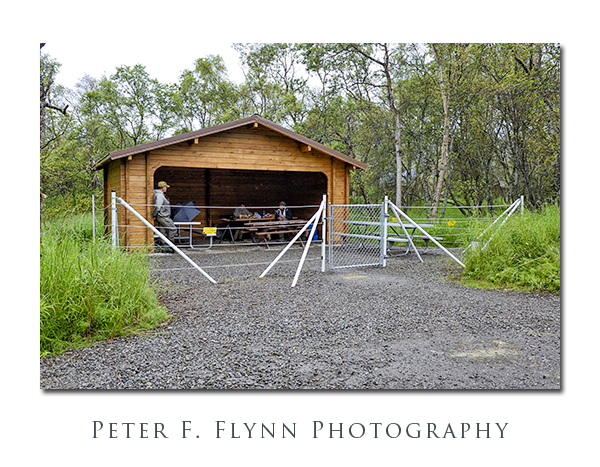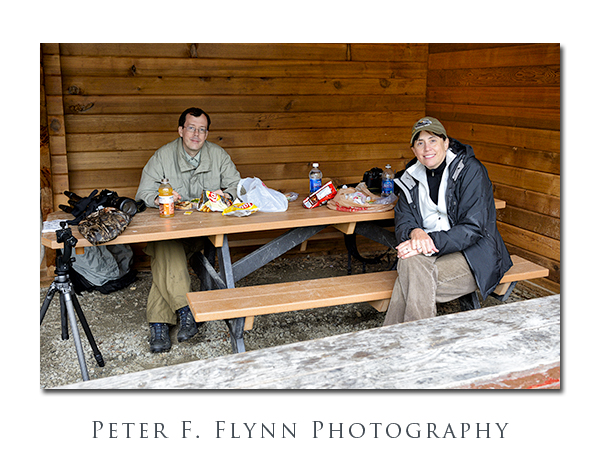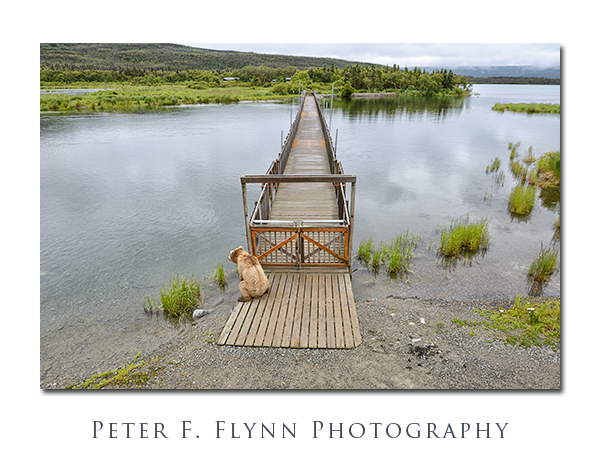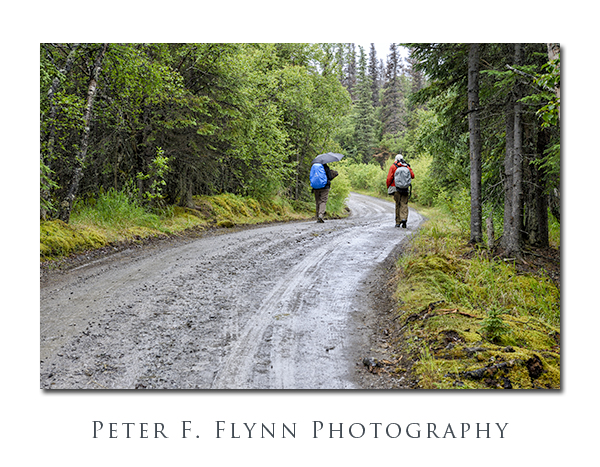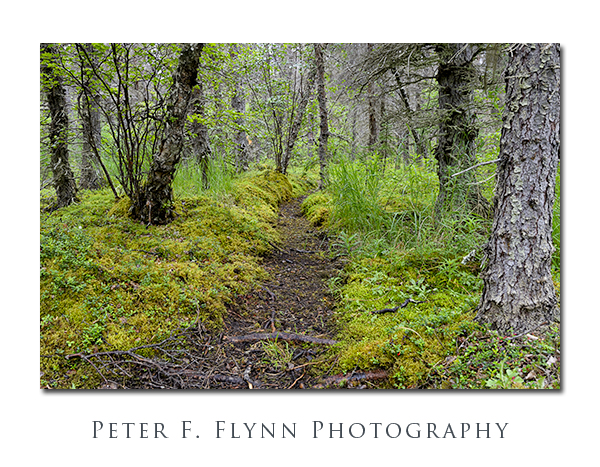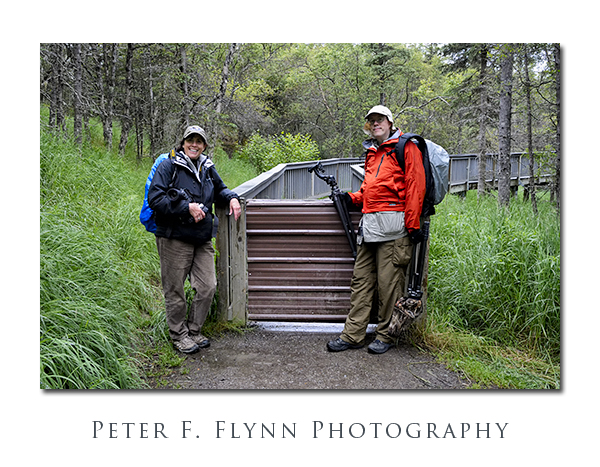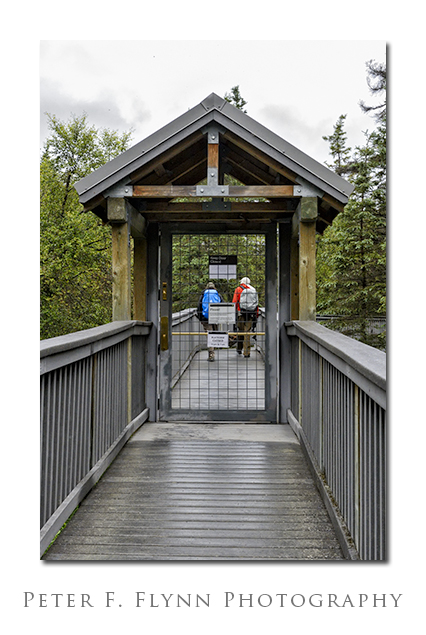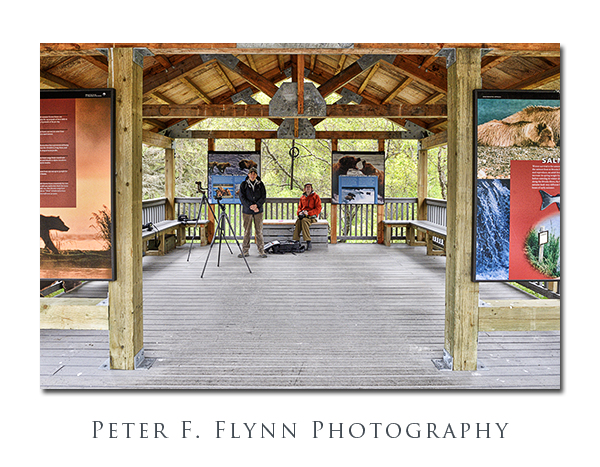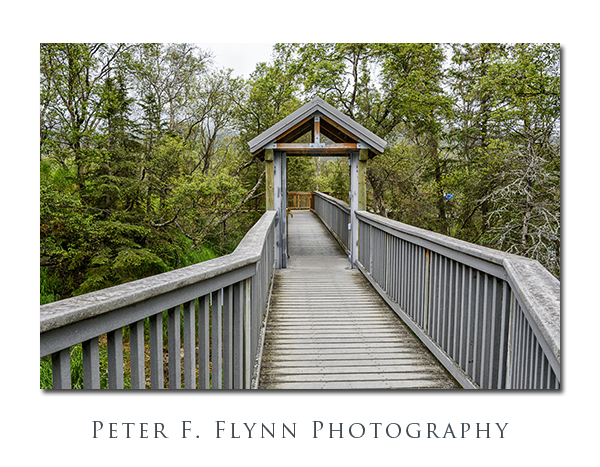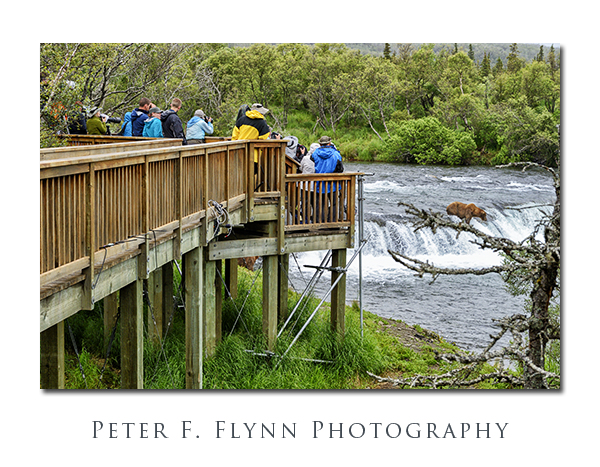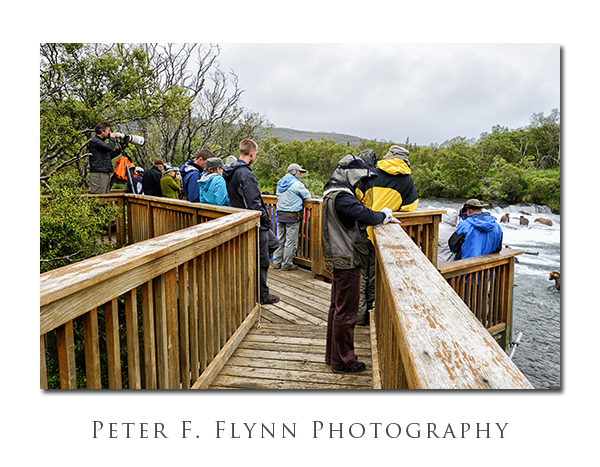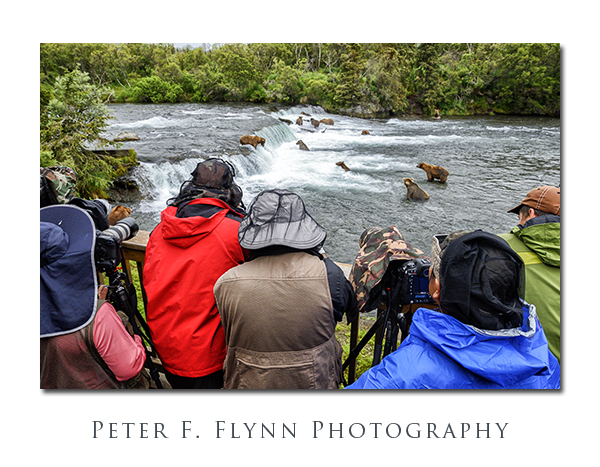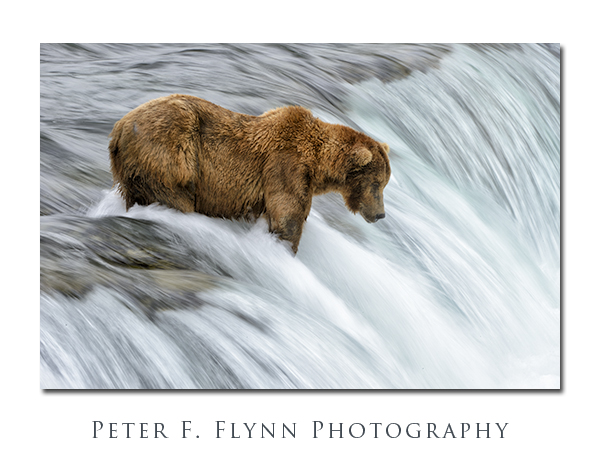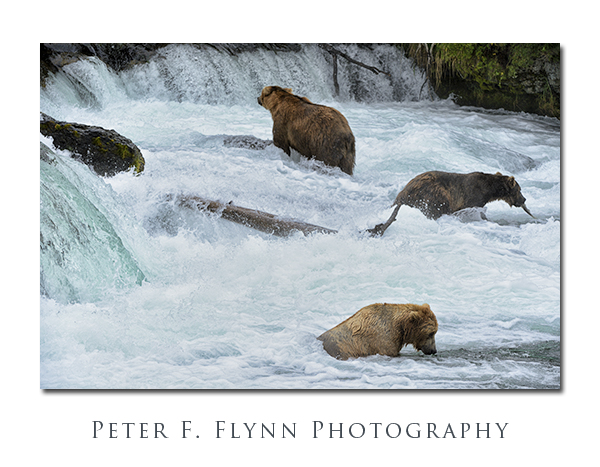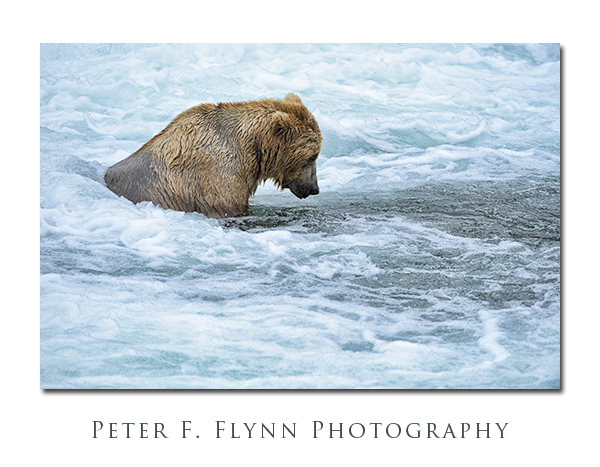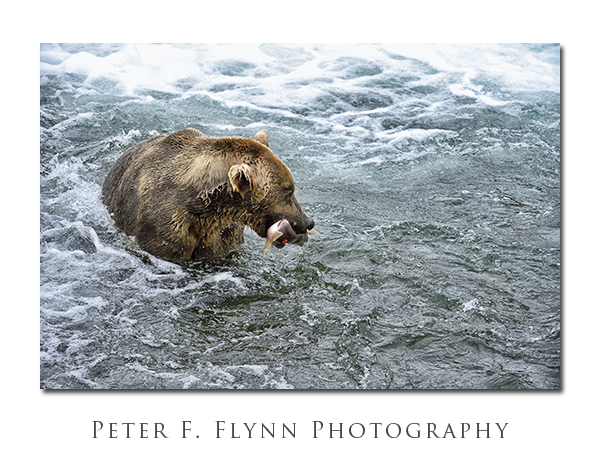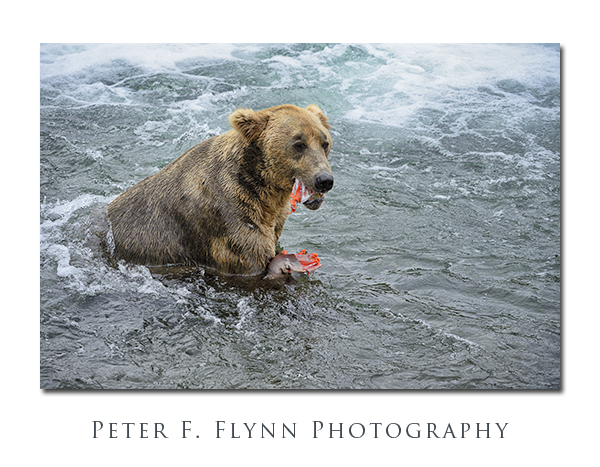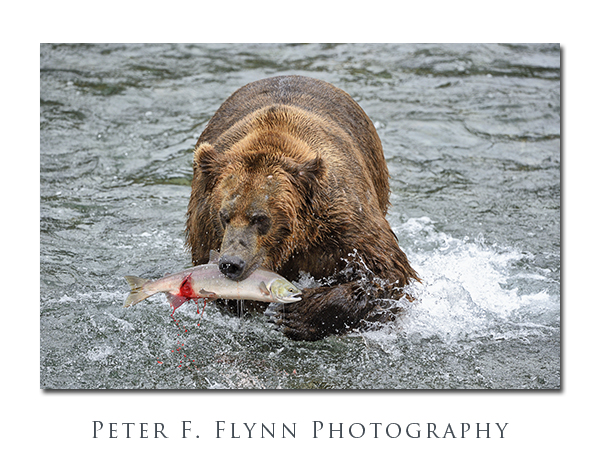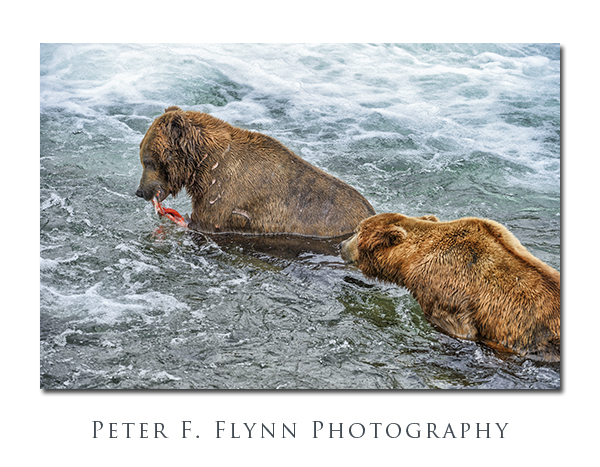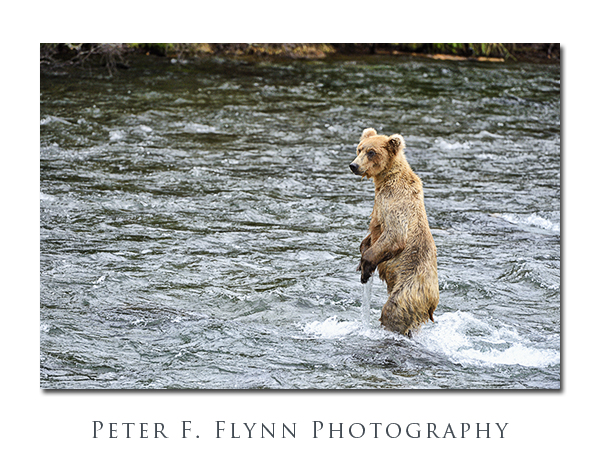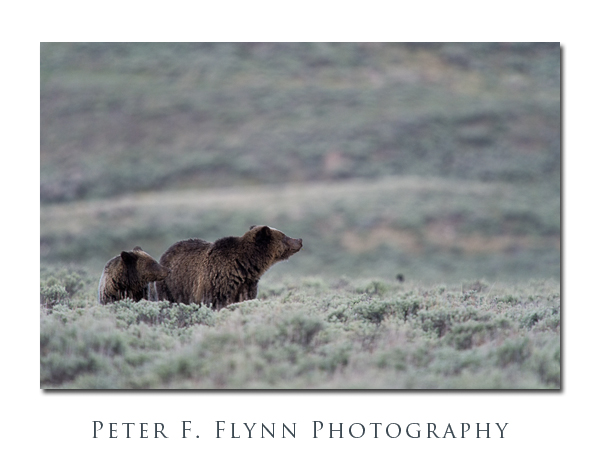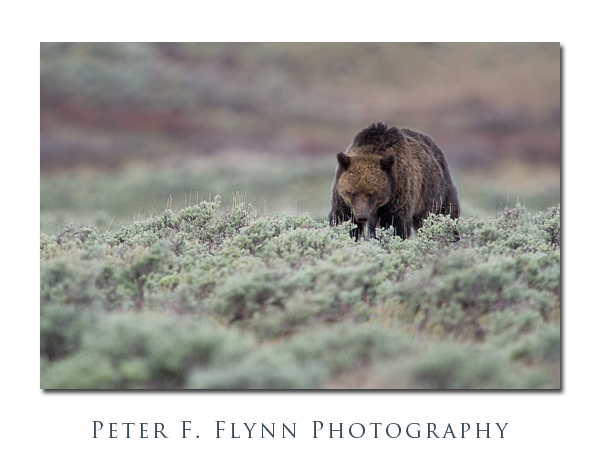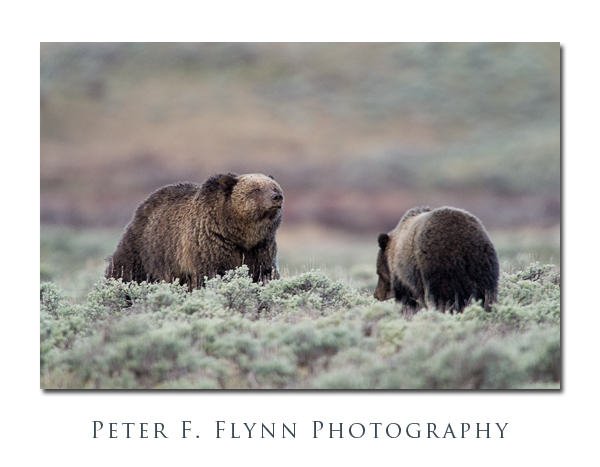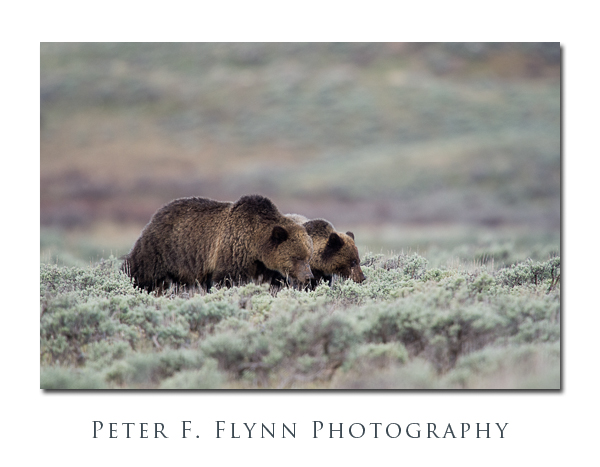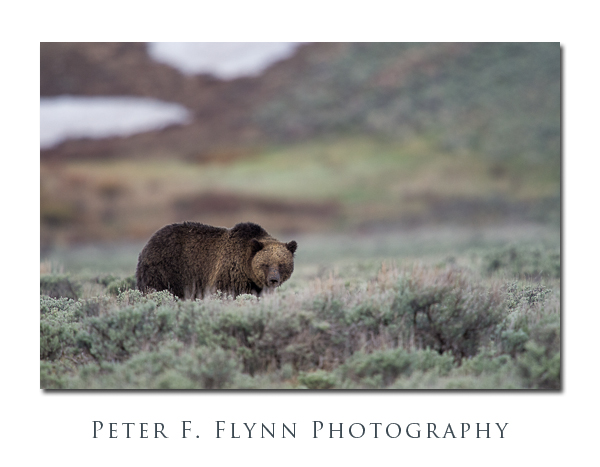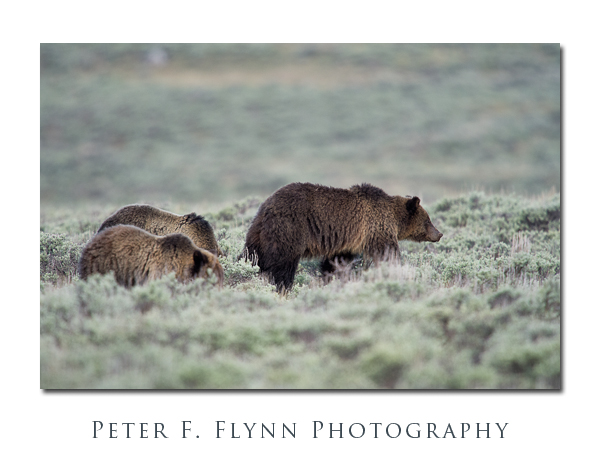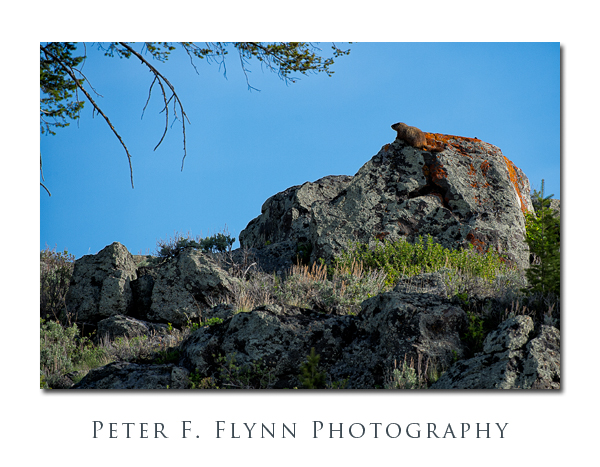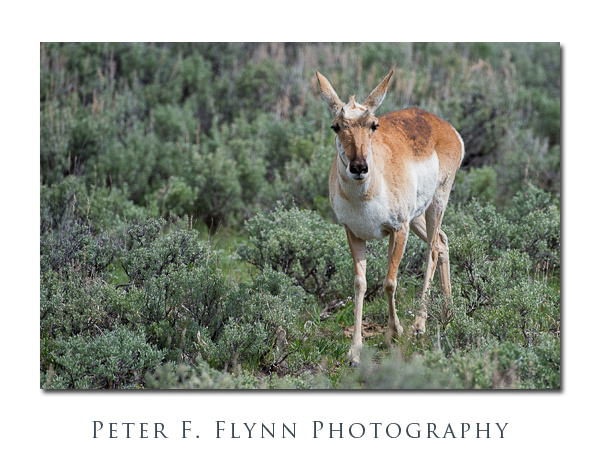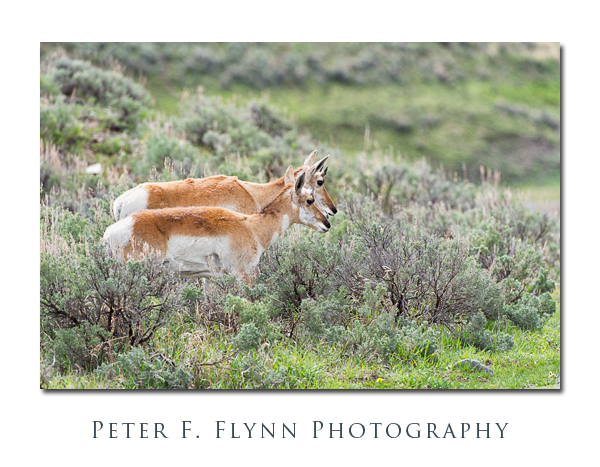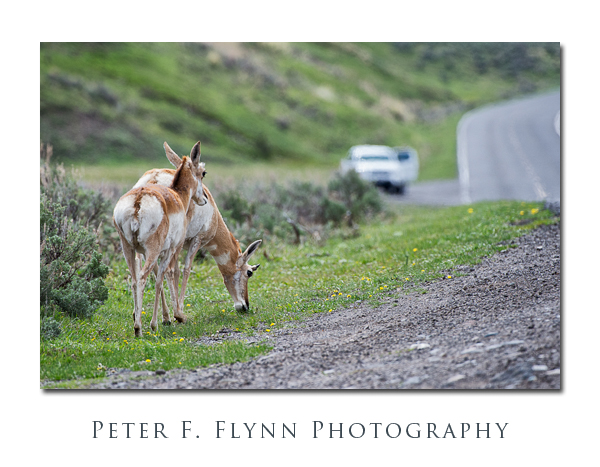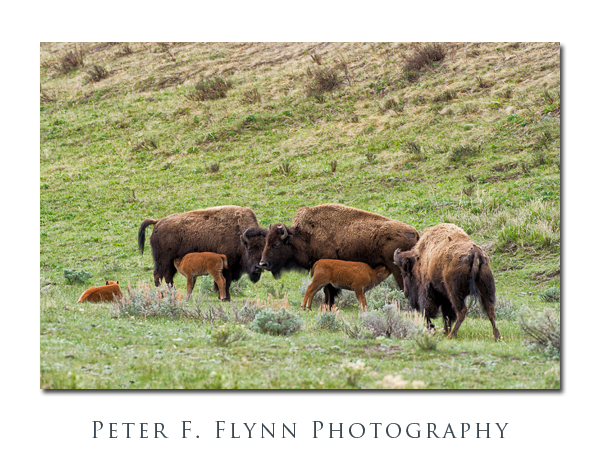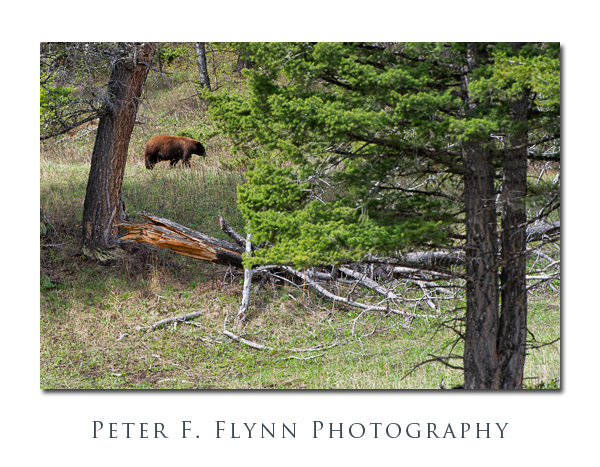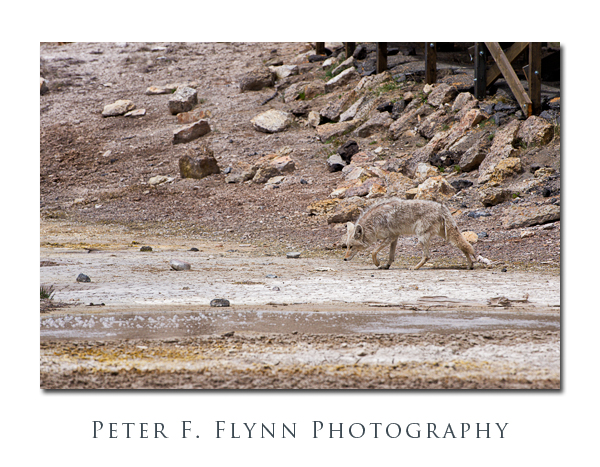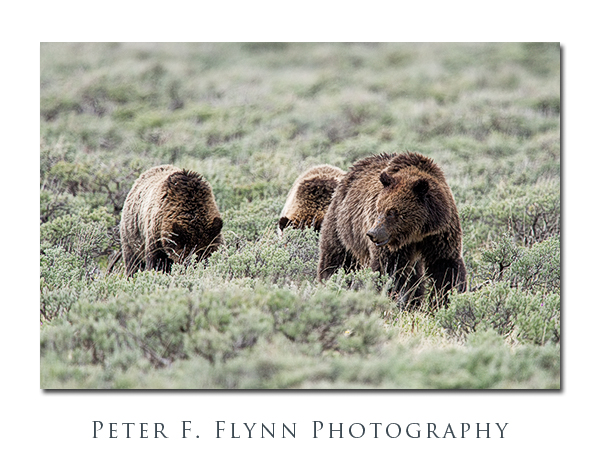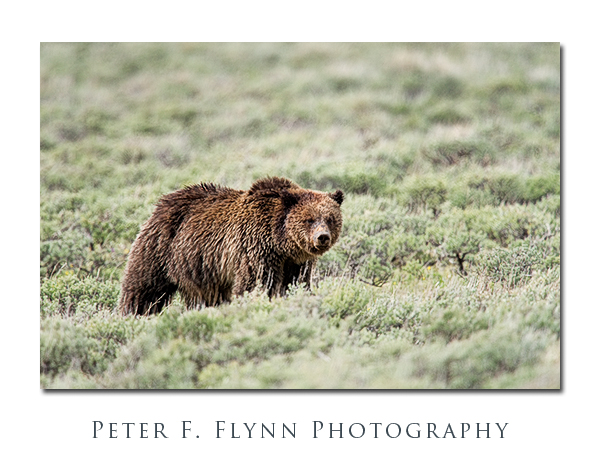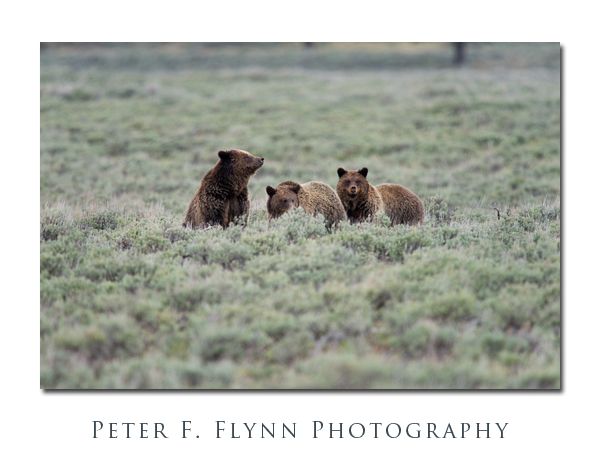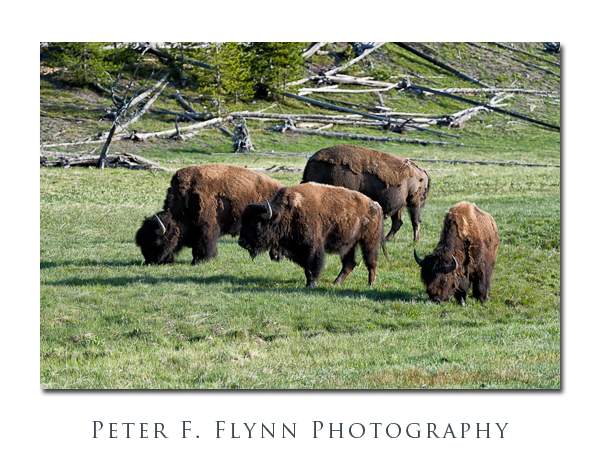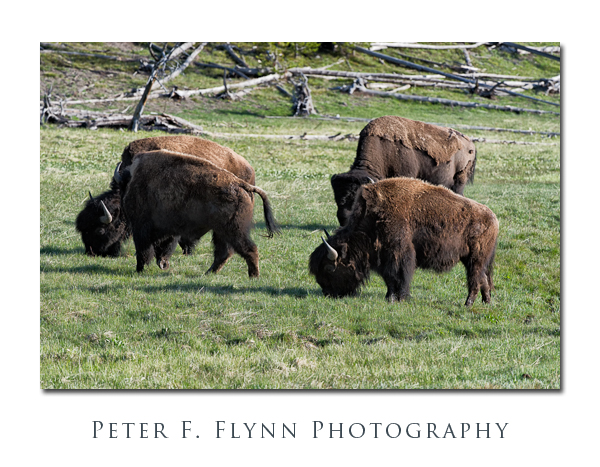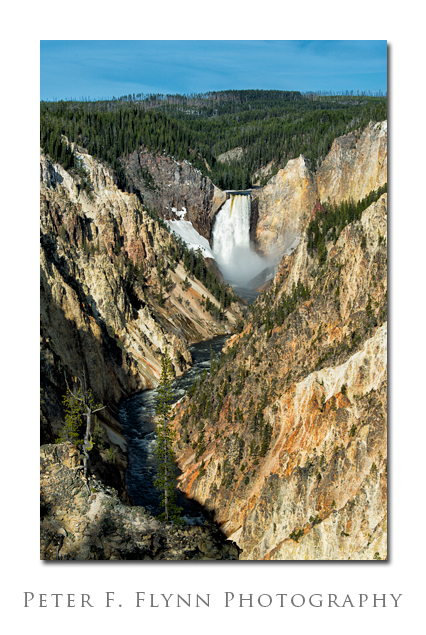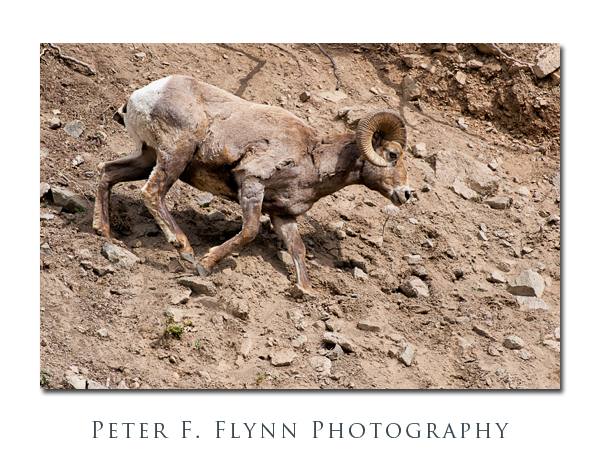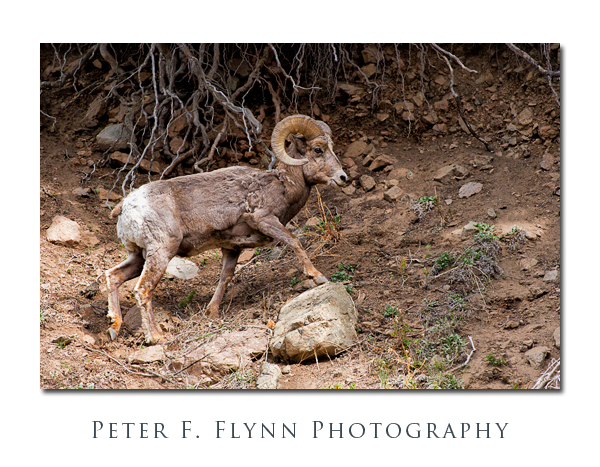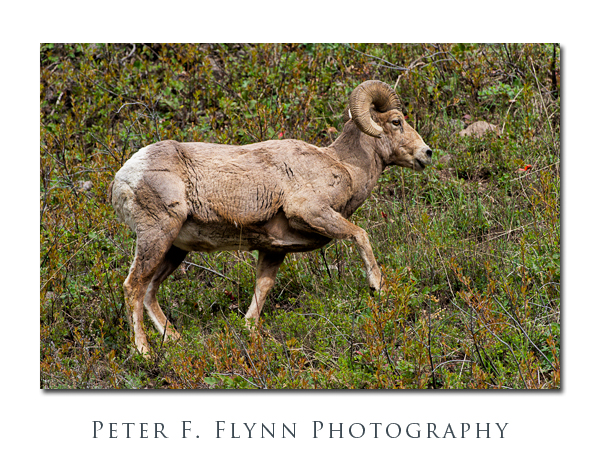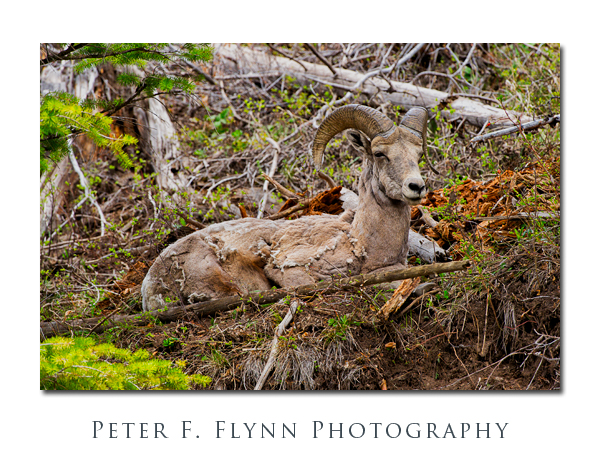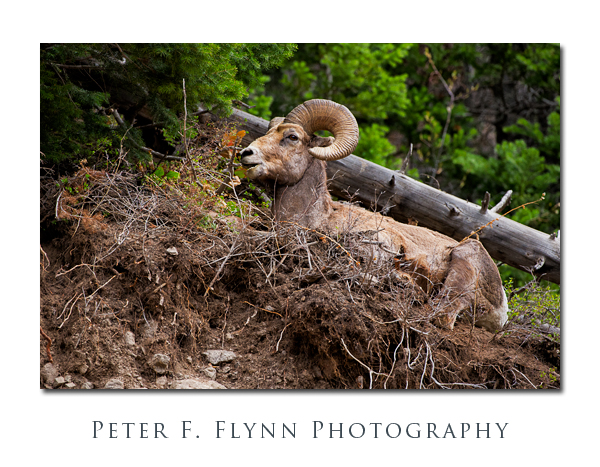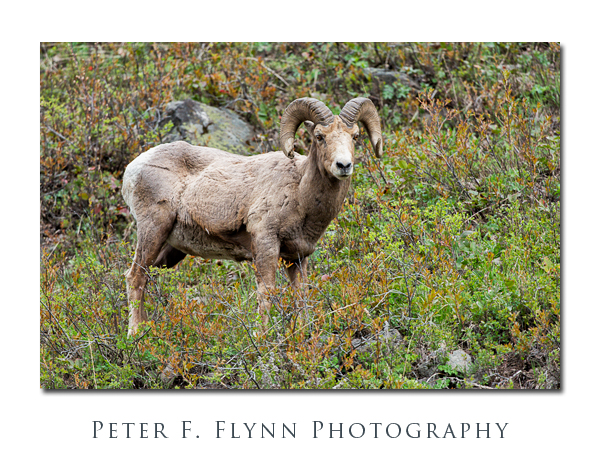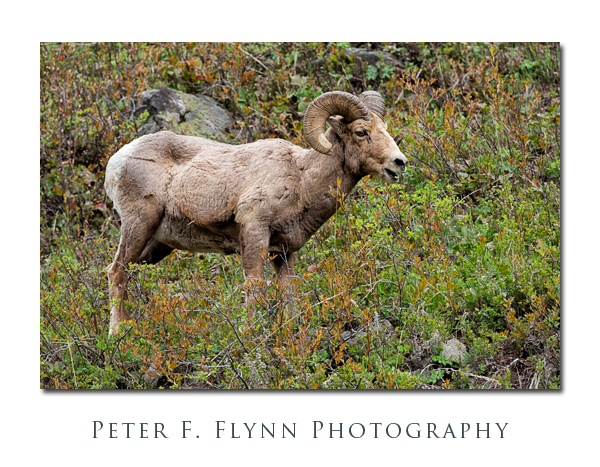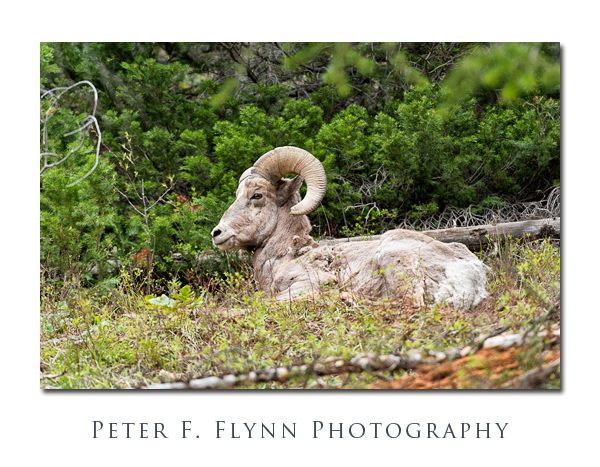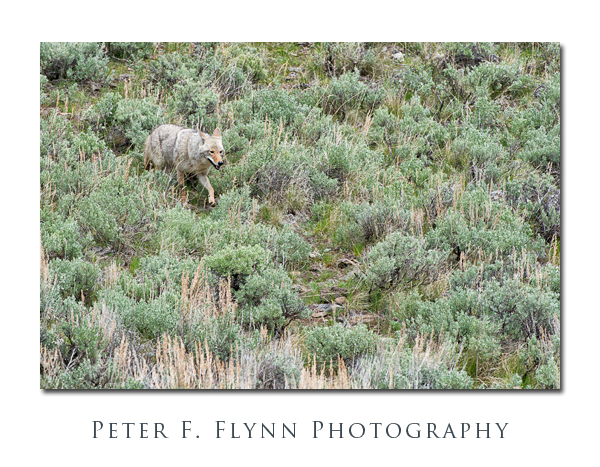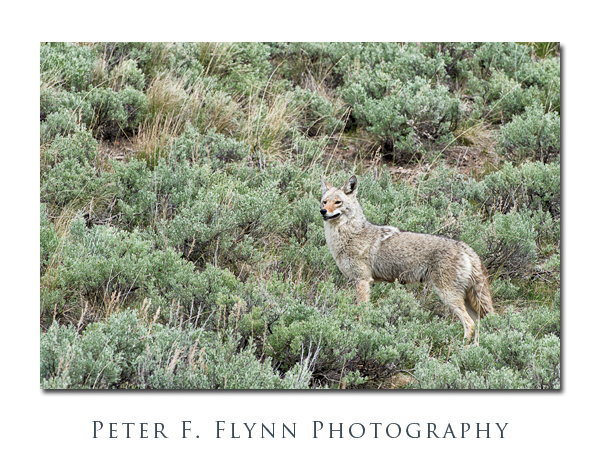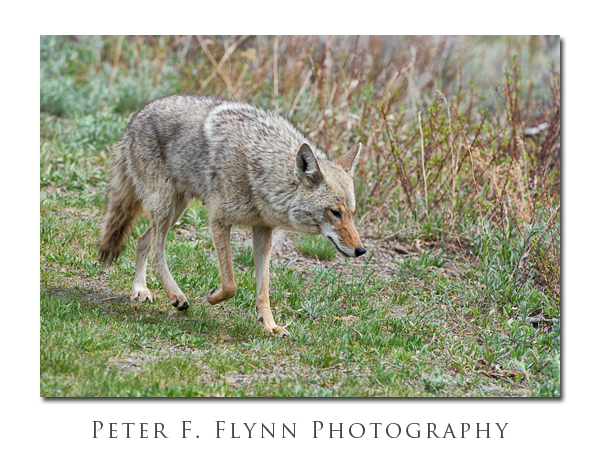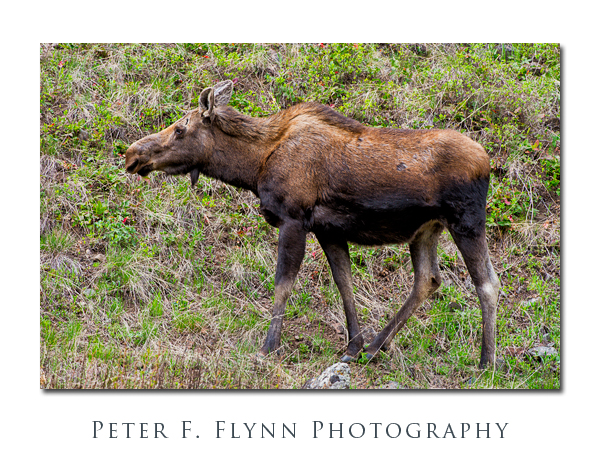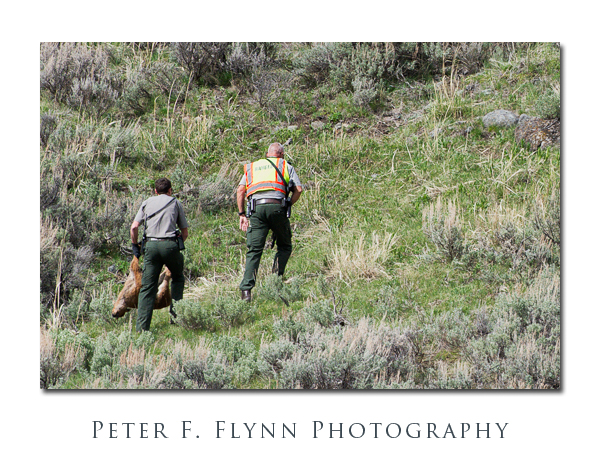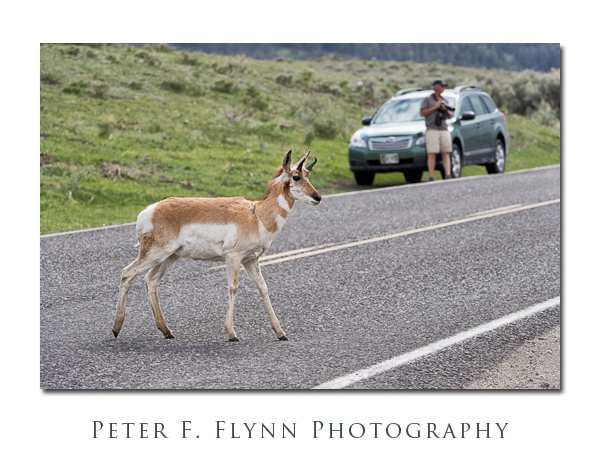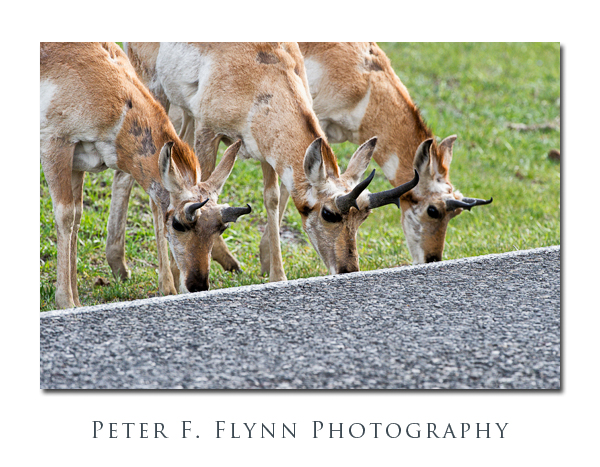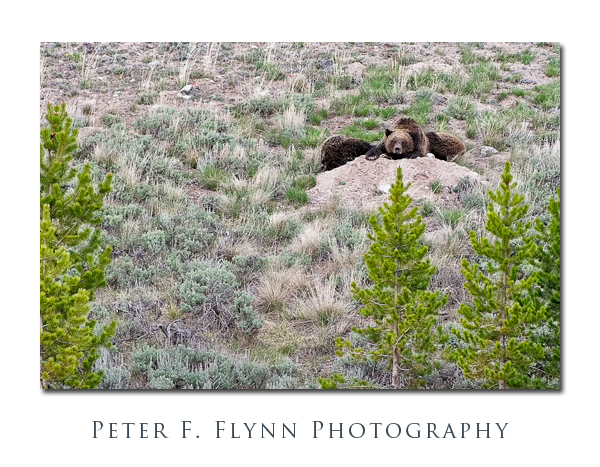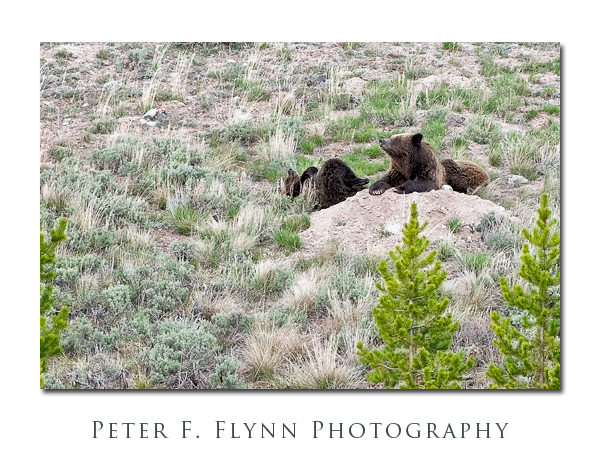The location is legend. Mention Brooks to a wildlife photographer, even the most rank beginner, and the response will be that they have either been there, or are planning a visit, or dreaming about a visit. There is simply nothing else like viewing brown bears from the wildlife viewing platforms near the falls of the Brooks River.
Under favorable circumstances, you will visit perhaps ten or more big Alaska brown bears feasting on a lively run of salmon. You will gain an appreciation for the dedication these bears have for consuming salmon, and the industry with which they pursue their efforts – these animals are not messing around, this is survival. You will witness bears in close proximity, which invariably leads to intimidation behavior, feinted attacks, and occasionally outright extreme violence. All of this happens within 100 feet of the viewing platform.
To be sure, a visit to Brooks Falls is a genuine adventure. Katmai National Park can only be reached by boat or plane. If you arrive too early in the year, or too late, or if for any reason the salmon are not in the Brooks River, there will be no bears. In this case, you will have traveled to a moderately picturesque spit with notoriously lousy weather just to visit with the Park Rangers. Don’t get me wrong, the Rangers at Brooks Camp are amongst the best in the system, but you are there to see the bears.
The Alaskan portion of your journey will most probably begin with your arrival at Anchorage, and almost certainly by plane. From Anchorage, you will need to get to one of several more remote locations that lie within float-plane range of Brooks Camp, which is the administrative unit that oversees the business of managing visitors to Brooks Falls. Homer is a popular departure point, and although Homer is an interesting place to visit in and of itself, the flight from there is longer than from several other locations. For our visit we choose to stay in King Salmon, AK, which is home to a number of adventure lodges that serve both wildlife enthusiasts and fishermen.
The image below shows the view eastward from Brooks Camp on the western shore of Naknek Lake. Most visit to Brooks Falls begin here.
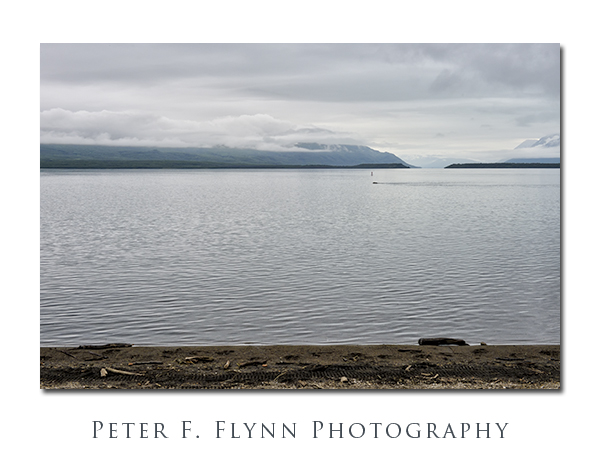 Brooks Camp consists of the Ranger Station, a lunch kiosk, a camping area, a lodge and cabins, and a small general store. If you have arrived by boat or float plane for a day visit, you will immediately want to visit the ranger station. Here you will need to check in and schedule an orientational seminar (see below). The seminar is held inside of the ranger station, and is mandatory for entry onto the bear viewing platforms.
Brooks Camp consists of the Ranger Station, a lunch kiosk, a camping area, a lodge and cabins, and a small general store. If you have arrived by boat or float plane for a day visit, you will immediately want to visit the ranger station. Here you will need to check in and schedule an orientational seminar (see below). The seminar is held inside of the ranger station, and is mandatory for entry onto the bear viewing platforms.
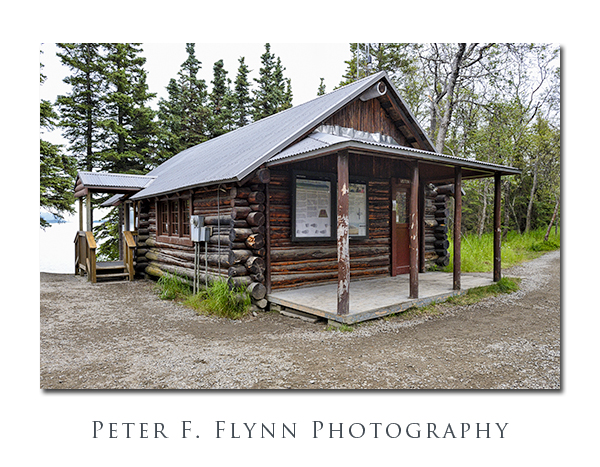 A large map in the seminar room (see below) provides an overview of what the rangers present during the seminar. There are two platform complexes, the Lower Platform at the west end of the floating bridge, and the (main) Falls Platform. The Falls Platform itself has two sections, one of which (upper) is directly adjacent to the Brooks Falls, and a another (lower) section that is a 200 meters or so downstream. You must make an appointment to access the upper section, but access to the lower section is on a first-come basis. The rangers staff the platforms and regulate entry.
A large map in the seminar room (see below) provides an overview of what the rangers present during the seminar. There are two platform complexes, the Lower Platform at the west end of the floating bridge, and the (main) Falls Platform. The Falls Platform itself has two sections, one of which (upper) is directly adjacent to the Brooks Falls, and a another (lower) section that is a 200 meters or so downstream. You must make an appointment to access the upper section, but access to the lower section is on a first-come basis. The rangers staff the platforms and regulate entry.
An enclosed lunch area is located just west of the ranger station – see two images below. The shelter is surrounded by an electrified fence – a neat reminder of where you are.
The HP and Brian enjoy their lunch in the enclosure (above). Most guided tour outfits provide a pack lunch.
To get to the wildlife viewing platform, you travel south from the ranger station along a path that passes by the lodge and general store. Meals are served to the general public at the lodge commissary. After several hundred meters you encounter the floating bridge, which is a major junction along the way to the Falls.
The image below was shot from the Lower Platform northward across the floating bridge. The bridge is continuously monitored from both sides by Park Service Staff. The presence of bears on either side leads to a temporary closure – bears frequent this area and the wait for a crossing can be 30 minutes or more…it depends on the disposition of the bear.
Beyond the floating bridge the path follows a gravel road west. Griz can appear anywhere along the way and constant vigilance is required.
The image below shows one of the many well-worn bear paths that intersect the main pathway.
Below, the HP and Brian prepare to access the south gate of the Falls Platform complex.
The image below shows one of the gates along the elevated platform at Brooks Falls. These gates are designed to regulate human access to the platform – no chance that they could fend off a determined bear.
The image below shows the HP and Brian at the Fall Platform pavilion. Rangers posted here regulate access to the upper section based on the time of your appointment. From here you can also freely access the lower section of the platform.
One last gate brings you to the main Falls Platform.
You first glimpse of the platform gives you a read on how crowded it will be. There are two decks, each with space for about 10 shooters – if everyone plays nice…
Excitement builds as you approach the viewing platform – not too crowded today, excellent!
The shot below was made from the upper portion of the platform. If you are stuck in the back, a long tripod and something to stand on can improve your shooting perspective. If you are hand-holding you can usually find a slot to aim through.
And finally, after long travels and after securing a sweet spot on the platform, the bears!
To get the flowing water look above, I shot at 1/20s. You need to be patient, and also make a lot of shots – the bears move around quite a lot, and getting an acceptable image is a little challenging.
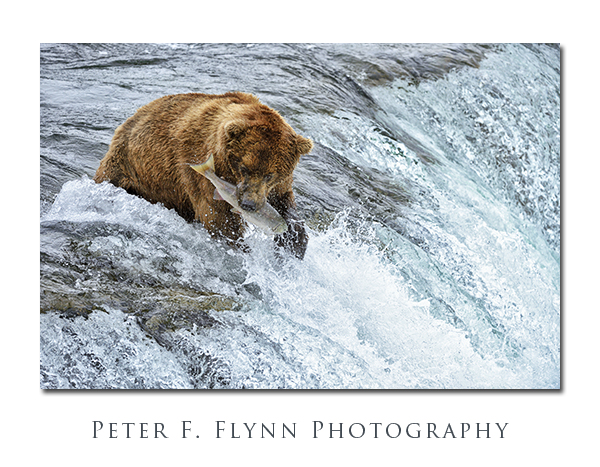
Images in this entry were recorded on July 26, 2012, using the Nikon D4 and the AF-S NIKKOR 200-400mm f/4G ED VR II at various focal lengths. Exposure was mostly f/5.6 and 1/1000s, ISO at 2000. ITTR used, corrected in conversion using Nikon NX2.
Copyright 2014 Peter F. Flynn. No usage permitted without prior written consent. All rights reserved.
